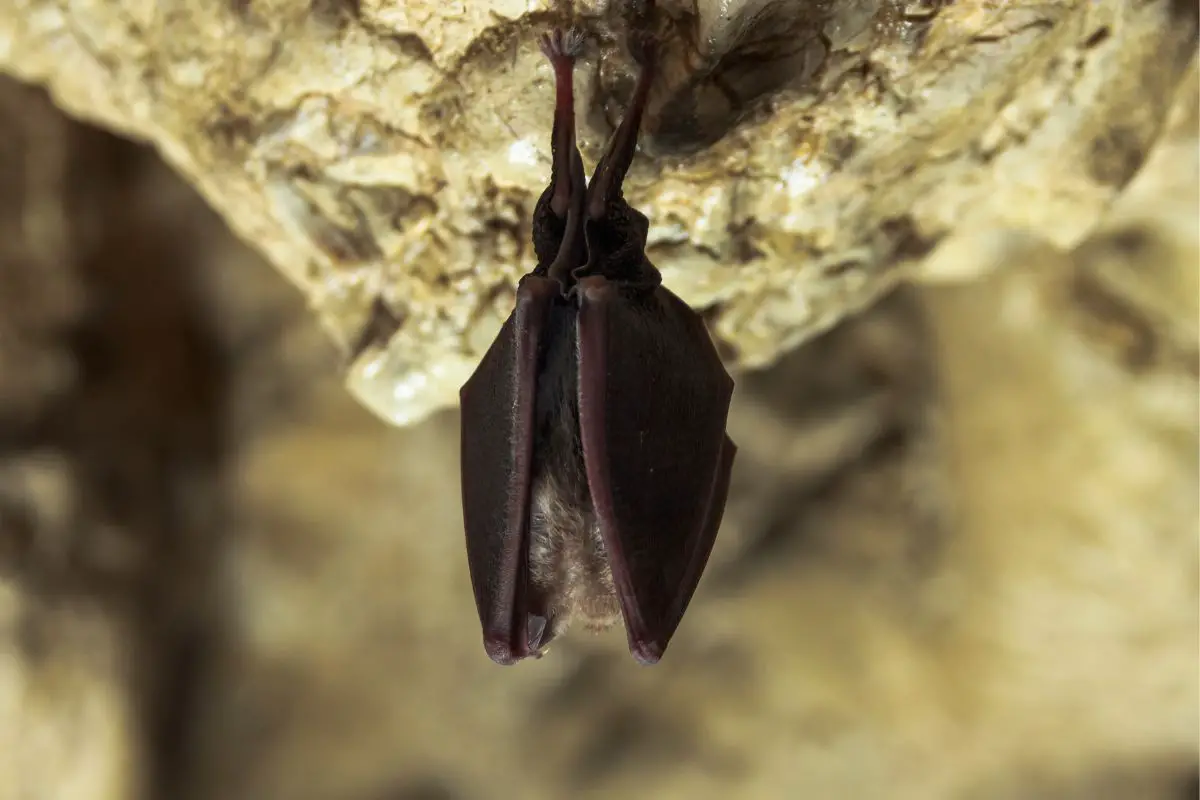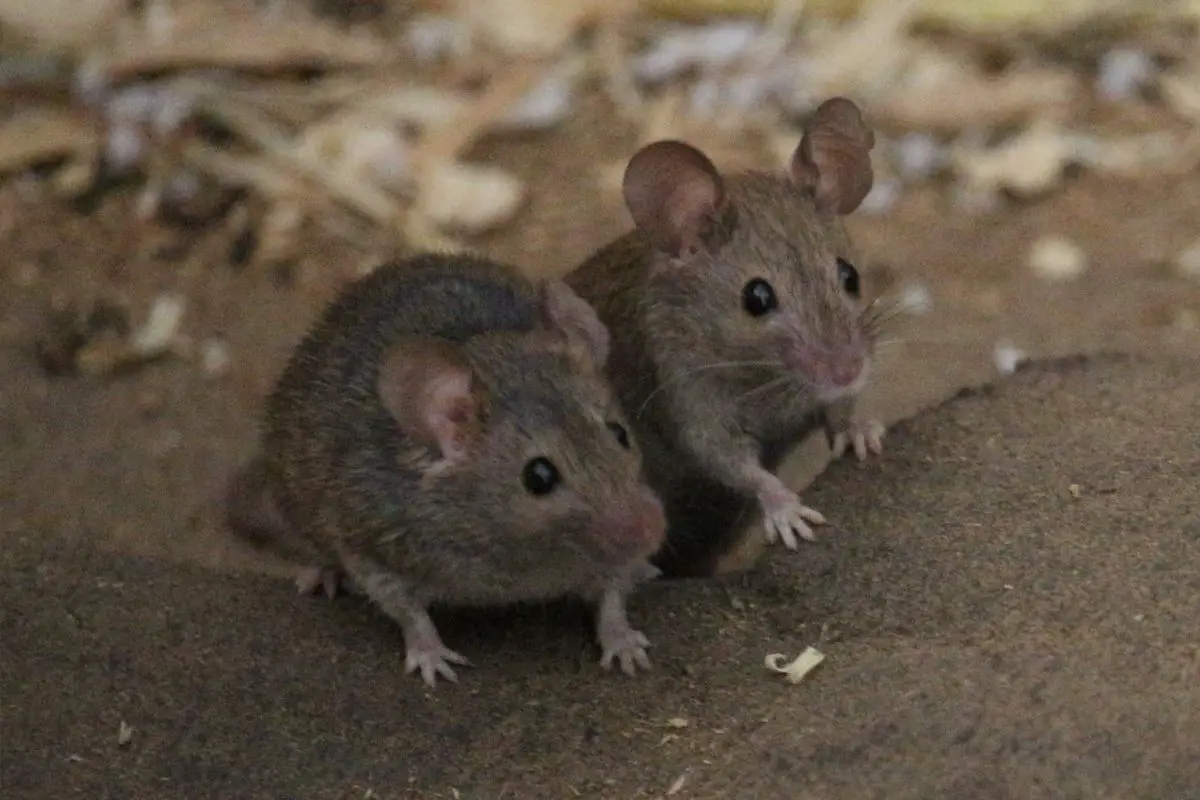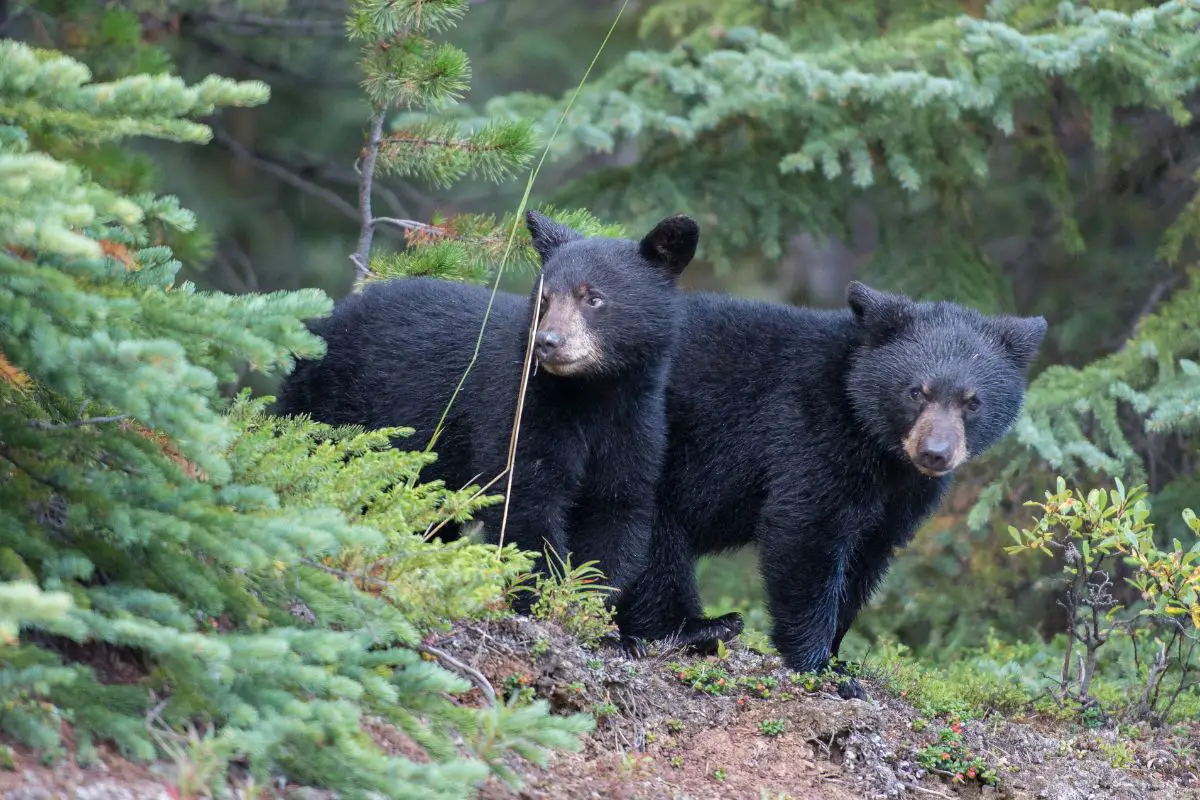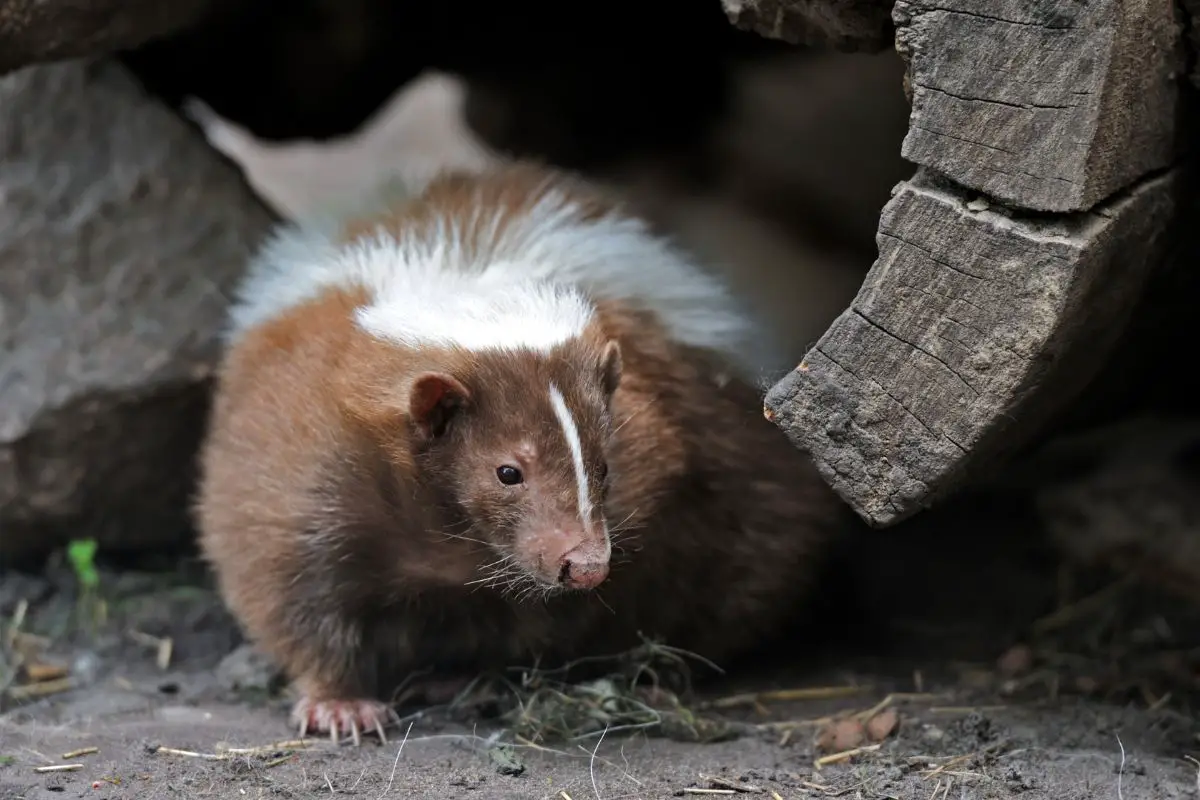While winter can be fun for the festive period, it’s usually bitterly cold. I don’t know about you, but if I could snooze away all those dark and freezing nights until the sun found its way back into the sky, I think I would too.
This is the life of many hibernating creatures. When those autumnal brown and orange leaves on the trees finally start to disappear in the fall and the winter approaches, hibernating animals begin to set up camp.
They’ll build themselves a little grove and get comfy for a deep and relaxing sleep.
In that period of hibernation, the animals’ temperatures will start to plummet from the likes of around 104 degrees Fahrenheit to just a measly 38 degrees.
Not only this but their heart rate will decrease by a whopping 95% from around 105 beats per minute to just a beat-beat-beat-beat. That’s right, just four beats every minute.
And when they wake up they’ll have lost around half of their body weight! Okay, now I’m definitely sold on hibernation.
So, let’s take a look at the seven different types of mammals that hibernate through New Hampshire’s deep and dark winter period.
7 Types Of New Hampshire Hibernators
Woodchucks

For those who don’t know, a woodchuck is basically a very large ground squirrel. They tend to be between 16-27 inches in size from the very tip of their nose to the end of their tails.
They’re very good burrowers that have these tiny but powerful legs. They have incredibly sharp curved claws and long and sharp teeth. You’ll find many of these little creatures throughout New Hampshire.
They like grassy areas such as yards, meadows, and fields.
And when it comes to hibernation, they’re pros. Near the end of September, you can expect your woodchuck to be settled in and sleeping until the winter month ends.
They don’t tend to wait for the temperature to get much lower than 40 degrees Fahrenheit. During hibernation, their heart rate plummets by 95% and their body weight will decrease by close to 50%.
Bats

Did you know that bats are actually the only mammals that can properly fly? These creatures tend to be nocturnal meaning that they come awake during the night rather than the daytime.
When they are awake during the summer, you’ll tend to find them close to woods or flying over ponds and fields where they will eat different types of insects.
You won’t tend to find bats during the winter though. And this is because come the end of August or the beginning of September, five of New Hampshire’s bat species are ready to start hibernation.
They’ll seek refuge in dens, caves, or mines. During hibernation, their heartbeats slow from 210 bpm to just 8, and their body temperature will drop from 100 degrees Fahrenheit to just 32 degrees.
Jumping Mice

Yep, you read that right, jumping mice. These medium-sized rodents like dense, cool, woodland areas that are closeby to streams. Like the bat, they too are nocturnal but you’ll sometimes see them around dawn and dusk too.
When it comes time for these rodents to start hibernation, they will curl up into a tiny little ball to sleep.
These mice will wake up every couple of weeks for a little stretch before reassuming the position and sleeping for another couple of weeks. This process will continue to repeat itself until the winter months move into spring.
Chipmunks

Thanks to movies such as Alvin and The Chipmunks, you probably already have an idea of what these woodland creatures look like. They are a bit of a cross between a squirrel and a rat in looks and they’re known for their love of storing and eating nuts and berries.
When it comes to hibernation, these little ones will spend most of the fall stockpiling as much food as they can for the winter. They’ll tend to snooze for a couple of weeks at a time, wake up and munch on their bountiful feast, before falling back into another several-week slumber.
Their heart rate usually slips from about 60 bpm to about 20, and their body temperature can go from the low 100’s down to around the low 40s degrees Fahrenheit.
Bears

The only bear that you’ll find in New Hampshire is the black bear and there are approximately 5000 of them statewide.
These bears have a pretty varied diet and will munch on whatever the season can offer them. They tend to like to stay in forested areas that have thick vegetation.
Many black bears will almost double their weight during the fall in preparation for hibernation. They tend to build themselves a den that can be above ground or below.
But they are not actually true hibernators as they always remain fully alert. That means if you are to disturb a bear during hibernation, they will notice.
Their body temperature tends to only drop by around 10 degrees during hibernation but their respiration will drop from around 40 breaths a minute to just 10.
Raccoons & Striped Skunks

I’ve placed these two together because they have pretty much an identical hibernation process. A raccoon’s most distinctive features are its dexterous front paws, facial mask, and ringed tail.
This nocturnal omnivore is known for being pretty intelligent. The striped skunk is also an omnivore that is more well known for its musky scent glands that are used to warn off potential predators.
These creatures are not true hibernators as they will only really sleep during bitterly cold temperatures or deep snowfalls. Otherwise, they will be somewhat active throughout the entire year.
They don’t show a dramatic decrease in their body temperature, heart rate, or respiration rate. They simply come to a much slower pace in general.
Though it is definitely worth noting that skunks prefer to make their dens inside buildings or homes rather than out in the wild. So if you catch wind of a particularly musty scent this winter, you may well want to check for any hibernating skunks.
Trust me, you’d much prefer to catch them now than wait until they start popping out little skunk babies too – that’s a whole lot of bad smell to get rid of.
Final Thoughts
And there you have it! Those are the most common hibernators that you will find around New Hampshire. Some are true hibernators that will spend months at a time completely out for the count.
Some will sleep for several weeks at a time, wake up, have a bit of a stretch, and maybe have a snack or two before curling back up for another long-stinted snooze, while others like bears will sleep with one eye open.
Not literally, but they don’t hibernate enough not to be aware of their surroundings.
Learning about hibernation is super interesting, and it’s amazing to see how all the different creatures in the world set up for the colder months. And I must say, I’m a little jealous.
Sleeping through all the coldness, only to wake up to gorge on a few snacks, go back to sleep, and then wake up in the spring half the weight you started?? Uh… Yes, please.



